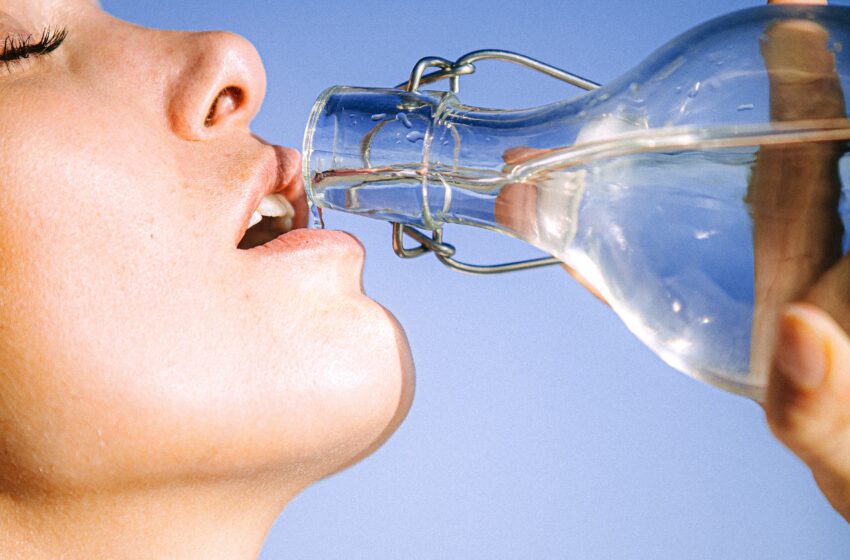Should we be adding more than just fluoride to our water?

Fluoride has been routinely added to the public drinking water of the UK, US and much of the rest of the world since 1945, when the first pilot study began in Grand Rapids, Michigan. The practice originated in the early 1900s, when it was discovered that tooth decay, and varying unaccountably between different geographic regions, was correlated with the concentration of the element fluorine found in the local drinking water. After the successful experiment in Grand Rapids, in which children’s tooth decay halved, fluoridation became common policy in the US, and remains a routine public health intervention globally to this day.
Now, more than a century later, evidence is emerging of another, more profound relationship. In 2009, researchers in Japan measured the levels of lithium in the drinking water of Oita prefecture and found that where more lithium was present, local people were less likely to die by suicide. Since then, dozens more studies have been published in concurrence, and scientists have been aware of lithium’s influence in other domains for even longer. In 1990, it was observed that high-lithium counties in Texas saw fewer arrests for robbery, violent behaviour and drug possession than low-lithium ones. In the areas with the highest levels, the effects are striking. The ‘lithium triangle’ between Argentina, Chile and Bolivia, which together account for 58% of global lithium deposits, accordingly has the highest concentration of lithium in drinking water. In the Chilean portion of the triangle, there are 10 suicides for every 100,000 people, compared with a national of average of 12.5.
To some, this may come as no surprise. The effects of lithium on behaviour have been known for many years, with psychiatrists prescribing lithium salts as far back as the 19th century. Until 1948, the soft drink 7up contained lithium for its mood-stabilising properties, and the metal remains synonymous with the treatment of bipolar disorder to this day. Despite this, the mechanism of action still eludes understanding. Once lithium ions enter the brain, their simple structure and small size allow them to be dispersed widely and affect the activity of nerves on every level. Where researchers identify an effect in one brain area, the opposite may be observed in another, and often results appear in the brains of bipolar or depression sufferers, but not in other individuals. The task is made even more impossible by the fact that the causes of bipolar, depression, and psychiatric illnesses on the whole are poorly understood. What is certain, however, is that lithium works, remaining the first-line treatment for bipolar disorder and the gold standard for those whose depression won’t respond to traditional antidepressants.
Why, then, is it not added in with the fluoride to our water? There are several arguments, both scientific and ethical. For one, unlike fluoride, which has few side-effects at low doses, lithium may not be safe for everyone to consume. Children and pregnant women pose a barrier to any mass treatment, and this year it was observed that infants born in areas of Denmark with more lithium in the water are more likely to have autism. Lithium is also often contraindicated for people with kidney and thyroid problems. Ethically, there is a significant difference between lithium and fluoride in that only one is psychoactive. In a world where conspiracy theories already abound, it would be bold to openly administer a genuinely mind-altering agent to the population. Furthermore, the notion of suicide is ethically complex, and some may question if its prevention in this way is the proper role of the state.
Regardless, mental illness and suicide are hugely important issues, and increasingly so. It may be that a safe dose exists, and it really would make us all happier. If governments are serious in their commitments to tackle mental illness, then perhaps large-scale interventions of this kind may warrant further investigation.

